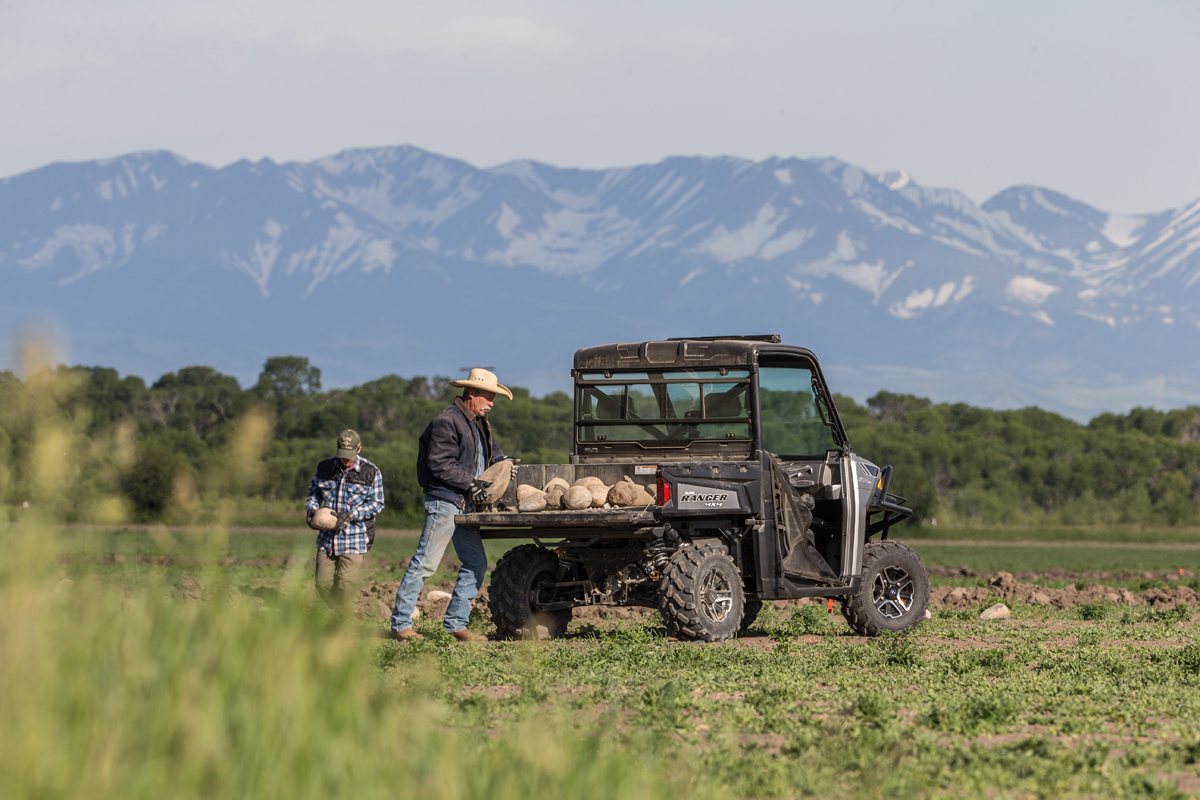Eastern Illinois is a mix of expansive agricultural fields, wooded river bottoms, and scattered timber lots. That all converges into the perfect habitat for growing massive bucks. So when Luke Brewster tagged the biggest wild whitetail buck ever killed by a hunter last year, it was no surprise that the deer came from this corner of the heartland. The surprise, however, was that it was tagged on a modest family farm—not a giant tract of groomed private ground.
Brewster’s buddy and hunting mentor, Justin Cearlock, and the rest of their crew carefully manage a patchwork of working farmland and timber that nurtures mature bucks. They focus on growing small clover food plots, hunting the edges of security cover, and running a diligent trail camera program. Their strategy and dedication helped put Brewster on the world-record buck.
This is the first chapter of their story, and it focuses on what comes next: The season after Brewster tagged the world-record deer. Some hunters might quit while they’re ahead, but not this crew. They’re inspired to work even harder to manage their property. Now, they’re redoubling their efforts and teaming up with Polaris to help tackle the pile of habitat projects they’ve always wanted to work on—but haven’t yet had the free time or the resources to dedicate. What’s more, these hunters are encouraged by the evidence that they’re doing something right when it comes to habitat (a 320-inch wild buck is pretty good evidence), and are motivated to make their properties even more appealing to mature deer.
Their first project of the season was turning a small stand of timber into a food plot. The woodlot stands at the intersection of big ag fields, dense wooded cover, and plenty of game trails. It’s a good location for a treestand, and the setup would be even better with planted clover to provide more forage and an extra draw come deer season. The crew used Polaris RANGER vehicles to help them haul gear to the spot—an abandoned, overgrown dirt bike track—and clear timber to allow more sunlight to reach the ground. Finally, with the help of a boomless sprayer in the back of the bed, they sprayed herbicide along the narrow track and the freshly-cut growth to prepare it for seed.
Next, the guys used that same UTV sprayer as a water reservoir while performing a controlled bow-range burn at another stand site. That small-scale burn is designed to stimulate strong new growth around treestands, creating the dual benefit of more food for wildlife and better cover for hunters. Next, the guys pored over soil results for several of last year’s plots, then selected and spread the appropriate fertilizer. Instead of hand broadcasting the fertilizer, they were able to cover more ground more evenly with a material spreader on the back of the RANGER.
But deer season preparations are just getting started, and there’s still plenty of work to be done. The crew wants to plant chestnut and pear trees alongside their best plots, hang stands, run trail cameras, and more. Stay tuned for the second chapter of Respect the Game, which will move beyond the habitat that grew the world-record deer, and focus next on the buck itself—and the incredible story behind the hunt.
